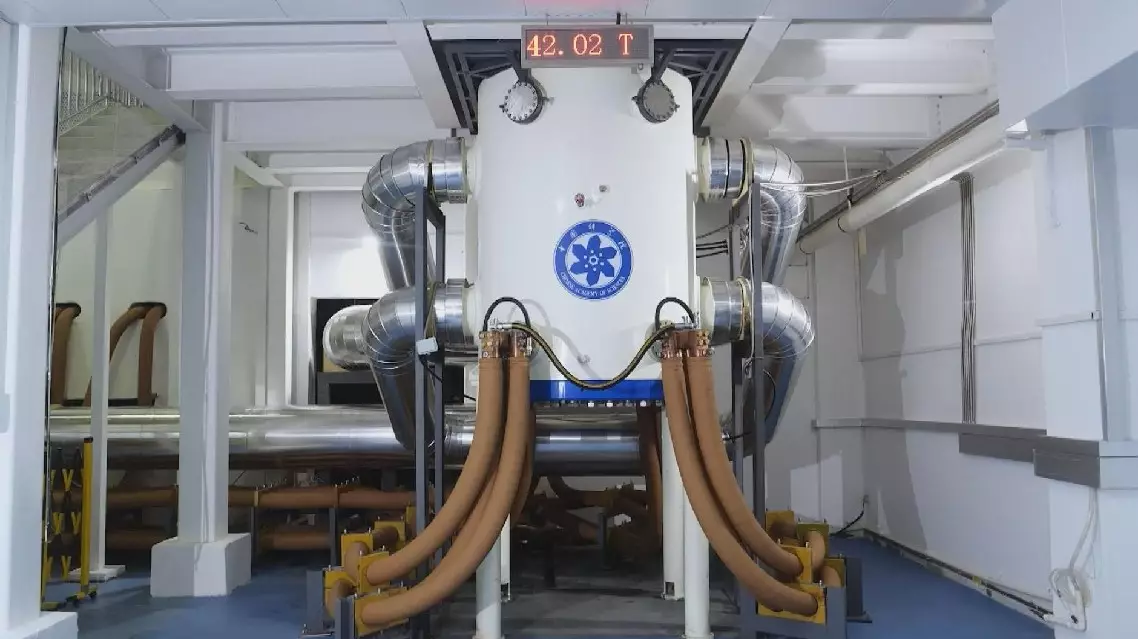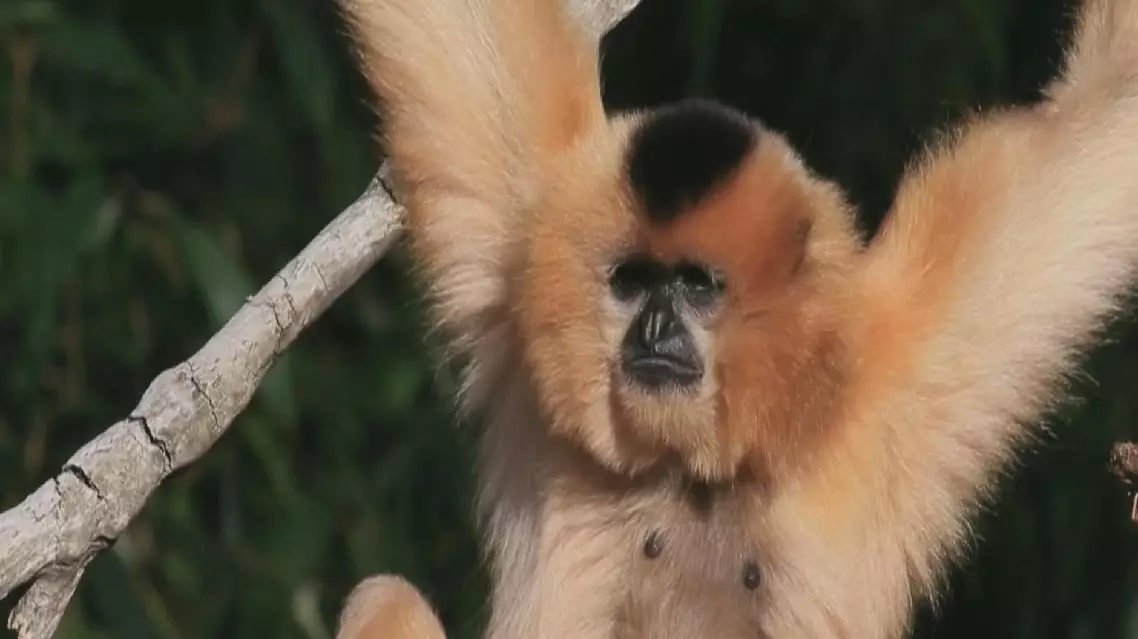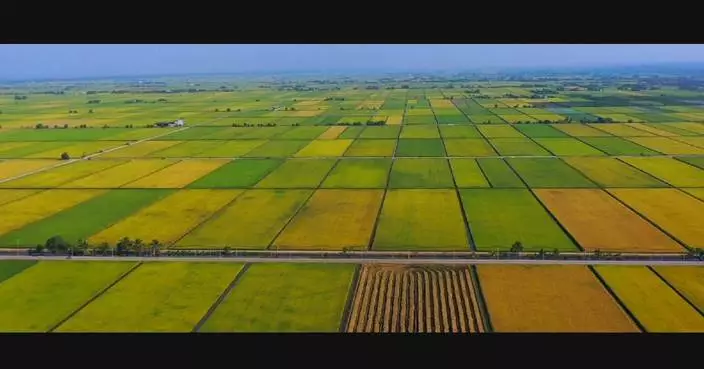Chinese scientists used an independently developed resistive magnet on Sunday to produce a steady magnetic field of 42.02 tesla, equivalent to over 800,000 times the Earth's magnetic field, breaking a world record set by the United States in this field in 2017.
The milestone achievement made by the High Magnetic Field Laboratory of the Hefei Institutes of Physical Science under the Chinese Academy of Sciences (CHMFL) is expected to drive scientific discoveries and applications in a wide range of technological fields.
High magnetic field is an extreme experimental condition required for material science research and a powerful tool for major scientific discoveries.
For decades, scientists around the world have achieved significant discoveries under high magnetic fields, with more than 10 such scientific achievements winning Nobel Prizes.
There are three types of steady-state magnets: resistive magnets, or water-cooled magnet, superconducting magnets, and hybrid magnets -- the combination of the two. Among them, resistive magnets are the earliest high-field magnets used by scientists.
"The water-cooled magnet is a magnet with coils of wire. As it can treat high current values, it produces heat and needs water to cool it down, so it is called the water-cooled magnet. Compared with superconducting magnets, water-cooled magnets have high fields and are very fast in exciting current. Such advantages bring high experiment efficiency, so that experiment data can be obtained in a short time," said Fang Zhen, a researcher at the High Magnetic Field Laboratory of the Hefei Institutes of Physical Science.
China started to build steady magnetic field facility in 2010 and completed the facility in 2017. By the end of 2023, the facility has operated for more than 600,000 hours since its construction, providing service to 197 institutions at home and abroad.
Its users have conducted cutting-edge research on more than 3,000 topics and made a series of major sci-tech achivements.
"In a high magnetic field, the properties of matters change, and scientists are particularly interested in the process of change. By studying the process of change, they can summarize the laws of matter, thereby making major scientific discoveries. We also can carry out technology research and development. Take the pathology of critical diseases as an example. We can record the nuclear magnetic resonance (NMR) spectrum and the electron paramagnetic resonance (EPR ) spectrum in a strong magnetic field. When the magnetic field reached its highest level, it has a great meaning for applications and scientific researches," said Kuang Guangli, academic director of the High Magnetic Field Laboratory of the Hefei Institutes of Physical Science.

Chinese scientists set new record of resistive magnet
Conservation efforts and information sharing between China and Vietnam are helping to protect the eastern black crested gibbons, one of the rarest and most critically endangered primates in the world, for future generations.
Deep in the jungles of northern Vietnam lies the Trung Khanh Cao Vit Gibbon Species and Habitat Conservation Area bordering China. That is where Asia's last black crested gibbons or Cao Vit gibbons as they are known in Vietnam, roam.
"Gibbons can just cross over. For example, they might be in Vietnam in the morning and sleep in China at night, then return to Vietnam the next day. This is a normal occurrence," said Hua Van Trụ, a member of a Vietnamese gibbons conservation team.
The elusive tree-dwelling primate was believed to be extinct, but their rediscovery in the 2000s ignited cross-border conservation efforts between China and Vietnam to save the species from extinction.
"To protect this gibbon species, we have to continuously exchange information, collaborate and have frequent cross-border conservation activities," said Hoang Van Duong, head of Trung Khanh's forest ranger station.
Kilometers away on the Vietnamese side of the border, a team of men in charge of their continued survival ventured into this wild terrain.
"Our department has increased the frequency of patrol activities with a focus on preventing any illegal trapping and capturing of the gibbons. There aren't many of them left. Within this 2,000-hectare area, there are only 74 of them. That's why we must undertake these actions together to try our best to prevent them from going extinct," said Hoang.
The cooperation team of five is made up of members of Fauna and Flora International, or FFI's gibbons conservation team and Trung Khanh's forest rangers. They will make an overnight trek to reach an observation point where they hope to spot an elusive troop they have been tracking for months.
The team will only observe them from afar, for fear of startling the troop. Here, patience and silence are their greatest tools. The team's efforts finally pay off.
"Based on the observations we have made of this group over the last five months, there are now nine individuals in this troop," said Hua.
Hua continued to watch them. Every sighting is a victory, a reminder of the importance of their work. He recorded the sightings in a shared platform with his Chinese counterparts.
"We frequently share reports (with our Chinese counterparts) about poaching activities, waste from border crossers, and information about the gibbons. For example, if we see gibbons near the border, we'll quickly exchange updates," said Hua.
"As a forest ranger being assigned to manage and protect this conservation area, I feel very fortunate. This is also a source of pride that motivates me to play a part in nature conservation," said Hoang Duc Tuan, forest ranger of the Cao-Vit Gibbon Species and Habitat Conservation Area.
The work these conservationists do is about more than protecting a species. Their work is a symbol of the amazing positive impact that can be made on a global scale when countries work together for a common cause.

China-Vietnam conservation efforts save eastern black crested gibbons from extinction










